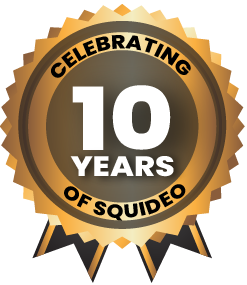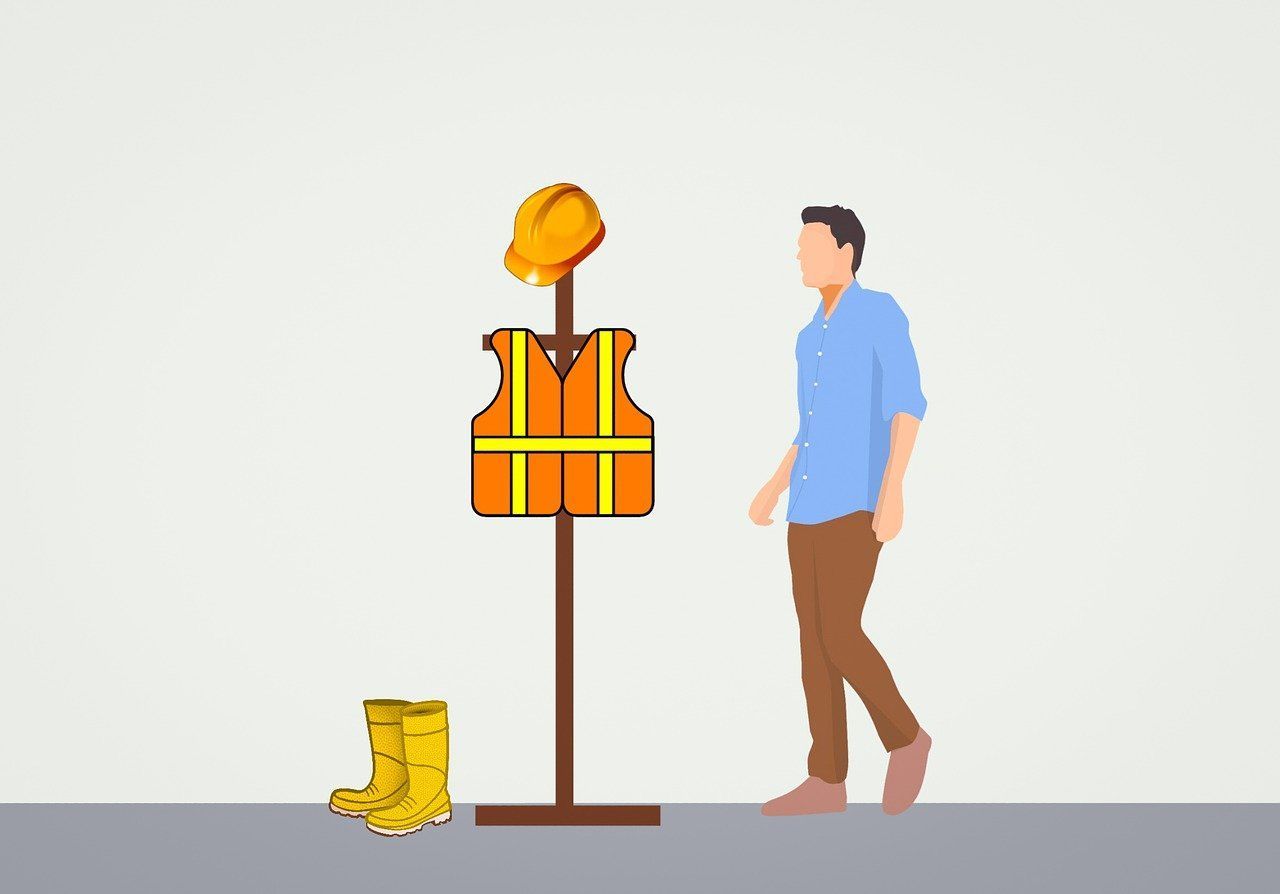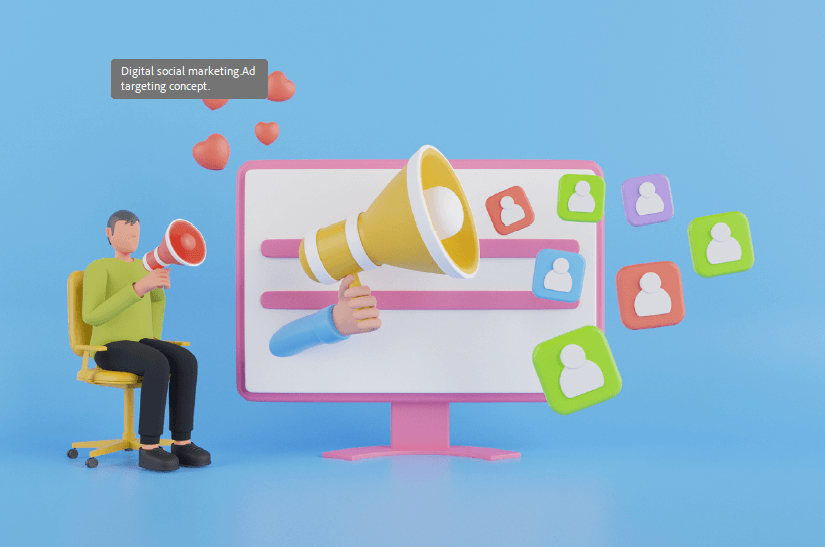Benefits of Using Animation as a Learning Tool
Animation isn’t a new trend in education, but great strides have been made since the medium first became accessible to educators. Animation has moved on from PowerPoint transitions, talking paperclips and flying text bubbles. It has also become easier and cheaper to produce.
Animation simplifies complex processes, reinforcing content through visually stimulating designs. In 2021, Insivia reported that viewers retain 95% of a message when they watch it in a video, compared to just 10% when reading it in a text.
This makes animation, particularly animated videos, an ideal learning tool. Although animation can be used to produce a range of materials, including infographics and GIFs.
In this feature, Squideo will break down the benefits of using animation as a learning tool and explore different ways to utilise animation in education.
What are the benefits?
Educators have understood for decades that different students prefer to learn and study using different learning techniques. Some people absorb information by writing notes, others by listening to lectures, others through practice and repetition; but visual learning is one of the most effective techniques for the broadest group of people.
Implementing animation, especially animated videos, has three key benefits.
1. Cost-Effectiveness
Creating animation can be more expensive than producing a handout sheet, but its cost-effectiveness comes from its reusability. Student after student, class after class, year after year will benefit from the use of your animation. It can also be used by the same students over and over again, as animations can easily be shared digitally and used for homework and revision.
2. Convenience
Post-pandemic, educators have come to appreciate the importance of online and remote learning tools. In the last three years, these tools have come a long way and animation has supported that improvement.
Giving learners animated content to access independently makes learning a lot more convenient for students, especially those in adult education, as they can fit lessons around their schedule.
3. Entertainment
Walt Disney once said: “Animation can explain whatever the mind of man can conceive. This facility makes it the most versatile and explicit means of communication yet devised for quick mass appreciation.”
The entertainment factor of animation is undeniable and this can strengthen short attention spans, especially in younger learners. Use animation to tell your learners a story they’ll never forget.
How to use animation as a learning tool
It is important to remember animation fits within a diverse curriculum. Animation cannot fill an entire lesson plan, instead it should fit in with lots of different activities to maximise learner’s attention spans.
Consider the age of your learners when choosing an animation style. Younger children may prefer something colourful with minimal text, while adult learners might like a clean palette with more information per scene.
Once you’ve decided on the right look and content for your animation, it’s time to put it to use. Here are Squideo’s top five suggestions on how to use animation as a learning tool!
1. Recruitment
Looking for learners to enrol on your course? A short, animated video could be the perfect hook to get them onboard. Use them in taster sessions or embed it on your organisation’s website. The video should give an insight into your teaching style, an overview of the course curriculum, and ensure that the viewer comes away having learnt something.
2. Replace presentations
Avoid the risk of ‘Death by PowerPoint’ by replacing presentations with animation. Animation helps retain interest and simplify difficult concepts through the use of motion graphics, infographics and video. Alternatively, break-up lengthy presentations with recap animations between slides to ensure content memorability.
3. Remote lessons
If the pandemic taught educators anything, it was how to deliver a class remotely. Whether you’re on Zoom, Teams or the dreaded WhatsApp, it’s important to use a mixture of learning tools to maintain the learners’ interest and attention. Mix things up with break-out rooms, interactive websites and animation.
4. Online lessons
Online learning has only continued to grow, giving students the benefit of learning at their own pace. Without classmates to consider, they can recap content as many times as they need until they are comfortable with the subject. Animation adds a new dimension to online learning, minimising the loss of the teacher. Consider using animated infographics to break up long sections of text or animated welcome videos for the start of each lesson.
5. Revision
Learning tools don’t solely apply to the classroom (physical or virtual). If your learners have important exams, tests or essays to complete, animation can be used for revision. These learning tools can also double-up as homework. Either way, it helps reinforce learning through a fun and engaging medium.
Get Started with Your Video
Watch our video below to get a better understanding of how we create videos to suit your project brief.
If you want to discuss how our videos can benefit your business, get in touch with the Squideo team today!













